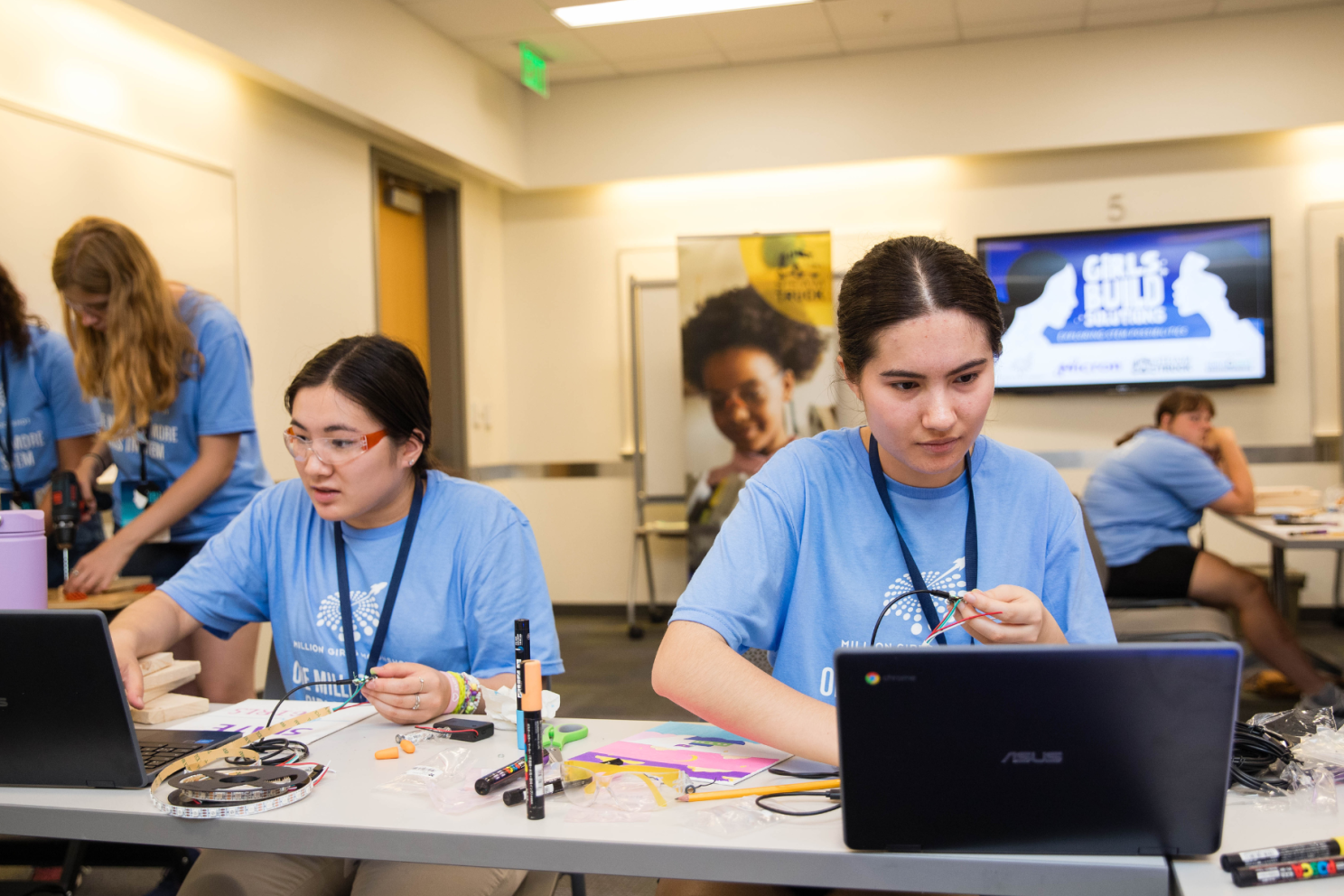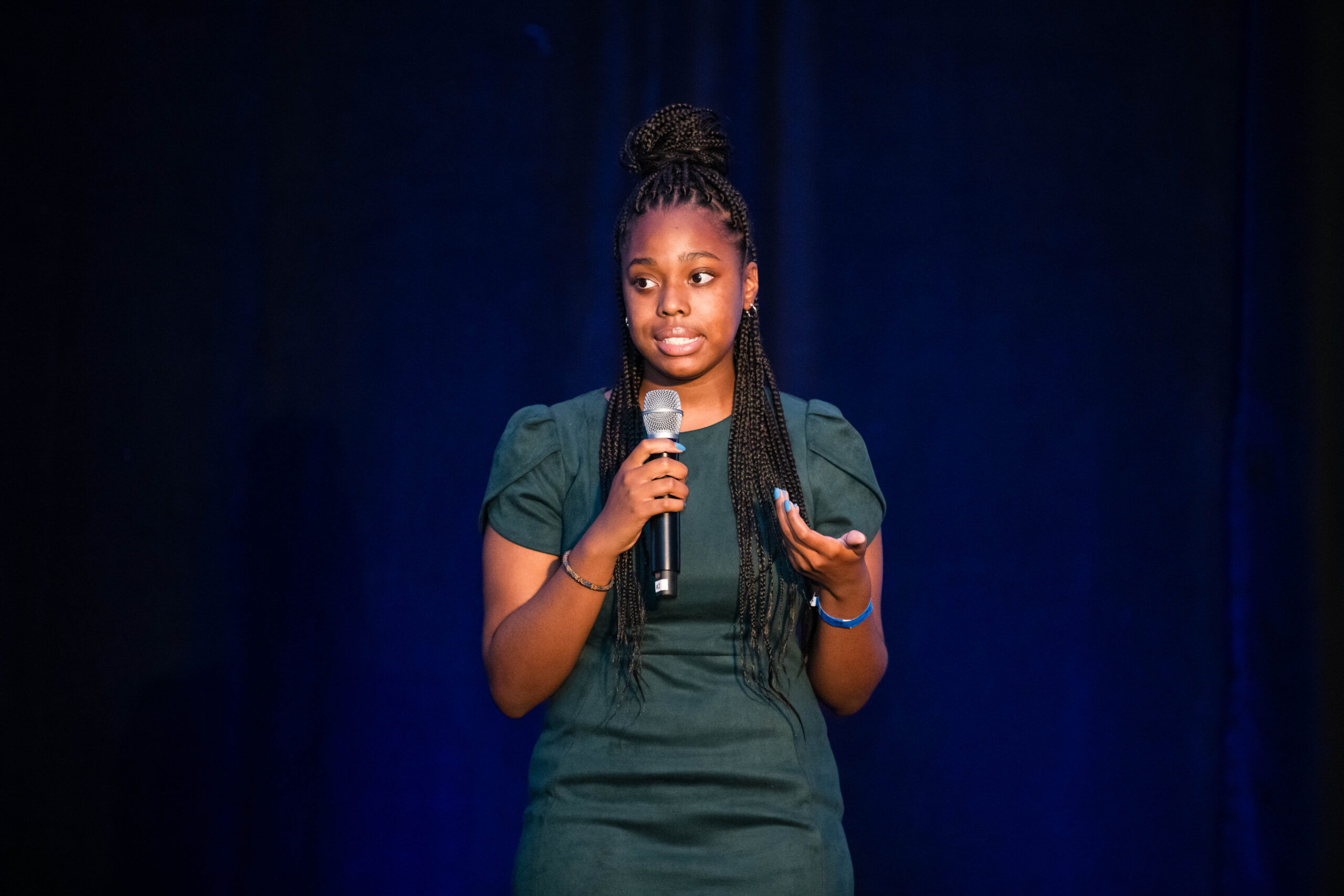Use it or lose it. We all know what that means, but do we know what it actually takes when there’s a clock ticking, many competing needs, and fears of funding cliffs?
As the new year kicks off, it’s more urgent than ever to focus on that enduring adage–use or lose–when it comes to the billions of American Rescue Plan (ARP) Elementary and Secondary School Emergency Relief (ESSER) funds left to be obligated by the looming date of September 30, 2024, unless a state requests and is granted an extension. More information about deadline requests can be found in a recent K-12 Dive brief.
Fortunately, experts and advocates are offering strategic advice on making the most of this historic funding opportunity, such as The Education Trust and The Brookings Institution. Both share guiding questions, tools, and other resources to help districts make tough decisions about what to fund while keeping the inevitable funding cliff manageable.
Another timely and actionable set of data and recommendations was released in October by the Afterschool Alliance examining the use of ARP ESSER funds to bolster out-of-school time (OST) mainly through afterschool and summer programs. Their findings credit districts with focusing thus far on OST academic support, largely by expanding and elevating tutoring. But with less than a year before the deadline, their report also highlights the urgent need to increase the percentage of districts investing the funds in enrichment experiences, such as arts, sports, STEM, and career exploration.
Informed in large part by the work of the Afterschool Alliance, the STEM Next Opportunity Fund, and Jobs for the Future (JFF), two non-profits focused on equitable economic advancement in STEM and beyond, recently released, Investing in Out-of-School Time STEM is an Investment in a Robust, Diverse STEM Workforce. The brief focuses on how providing high-quality STEM opportunities for youth when they are not in school—80 percent of a child’s day—is essential to diversifying STEM talent pools and contributing to equitable economic advancement for individuals and the country as a whole.
The brief also highlights states with powerful and replicable strategies for distributing ARP ESSER funds in ways that continue to demonstrate that OST programming is “a necessity, not just a nice-to-have” when it comes to enhancing students’ school-day learning, interpersonal skills, and confidence, as well as their opportunities for hands-on and experiential learning and skill-building.
Below we draw from the Investing in OST brief to add some strategies to the mix that we hope can be helpful to the collective, nationwide effort to “use not lose” the ARP ESSER funds. There is not a state or district in the county not grappling with this challenge and awesome responsibility.
Position OST STEM as a key conduit of career pathways and workforce development opportunities.
OST STEM has been proven to be an effective means of developing hands-on and career-connected learning that promotes STEM career pathways and is a proven vehicle to increase equity in STEM.
As Elly, a member of STEM Next’s 2023 Flight Crew of the Million Girls Moonshot initiative, shared in a recent interview:
“Afterschool [OST] STEM is a place where I can learn about things I don’t learn in my usual math and science classes. I was often the only Black girl . . . so I hope to let other Black girls know that they do belong in STEM.”
ARP ESSER funds provide an incredible opportunity to bolster partnerships between OST STEM and STEM industry, postsecondary, and institutional partners in creating braided funding for work-based learning and other proven career development strategies with an eye towards the return on investment for the STEM workforce and economic growth.
Get creative about collaboratively funding existing programs and partners with aligned priorities to give more students access to high-quality STEM learning in afterschool and summer spaces.
The Alliance’s report flagged external partnerships as an opportunity investment, with only 7% of district plans including such partnerships. For example, OST intermediaries are already being tapped by state educational agencies (SEA) to host competitive grant programs, like Georgia’s Building Opportunities in Out-of-School Time (BOOST) grant, a replicable model other states can adapt. Another invaluable set of OST partners is 21st Century Community Learning Centers (CCLCs), serving students, in areas with high poverty rates and lower-performing schools, in all 50 states and well-positioned to build upon and/or deepen work with ARP ESSER funds.
Build development and grant management capacity for under-resourced communities.
The grant programs highlighted in the brief were designed with two intentional goals to: a) distribute ARP ESSER money to where it is most needed and b) transform grantmaking practices to be more equitable and impactful. The OST intermediaries featured– Georgia State Afterschool Network (GSAN), Ignite Afterschool in Minnesota, and School’s Out Washington –each created powerful recipes combining capacity-building ingredients including: outreach to new and overlooked applicants; a simplified application; technical assistance on developing winning applications; and program accountability supports for providing, documenting, and assessing high-quality services.
“We cannot solve our problems with the same thinking we used when we created them.” – Albert Einstein
Our world is different and continues to change. This requires creative thinking, a breaking down of silos, and new partnerships. ARP ESSER funds allow us to make smart investments that can build long-term capacity and generate additional funding and resources for years to come.
###
Share helpful models and practices with us at STEM Next Opportunity Fund and Jobs for the Future (JFF)
This article was written in collaboration with Maud Abeel, Director, Jobs for the Future (JFF) and was originally published on LinkedIn.




